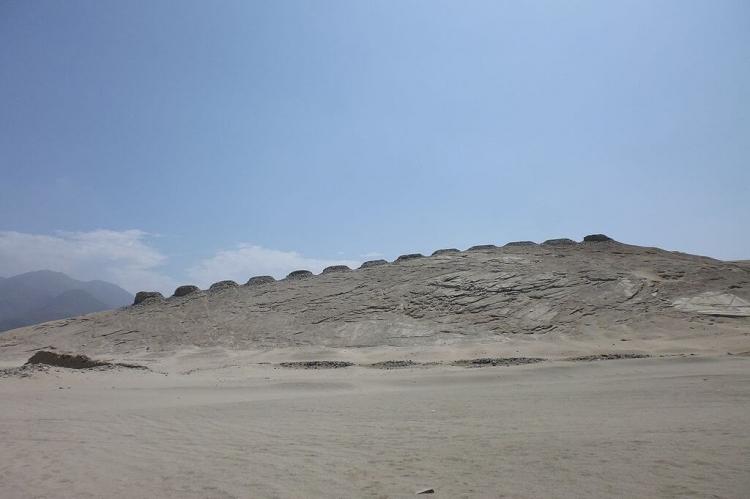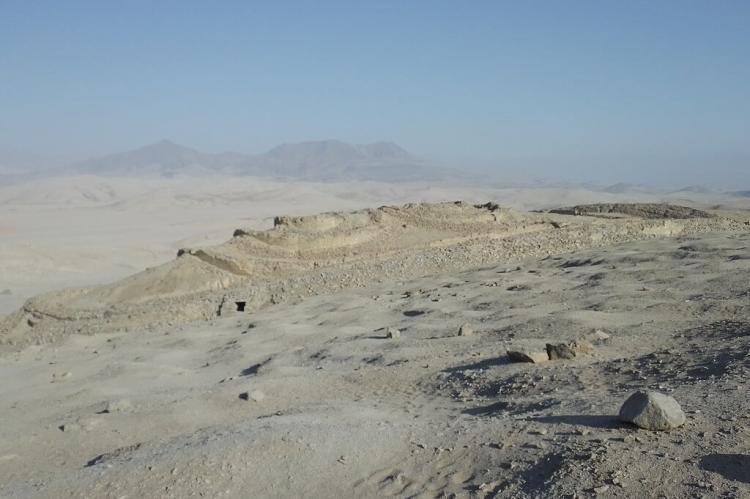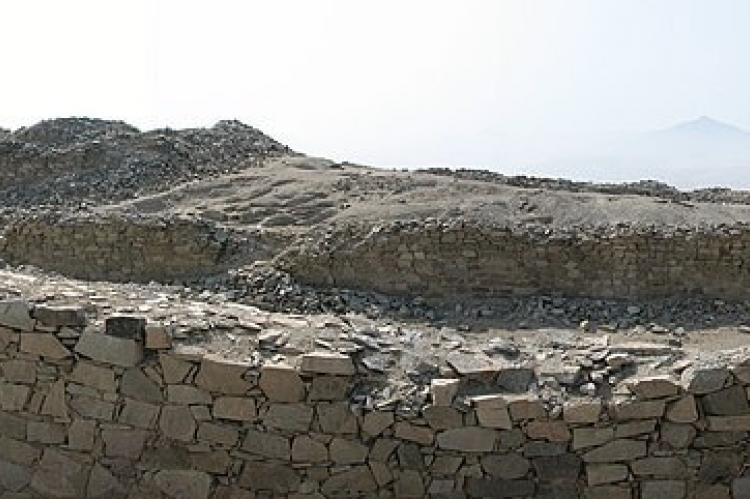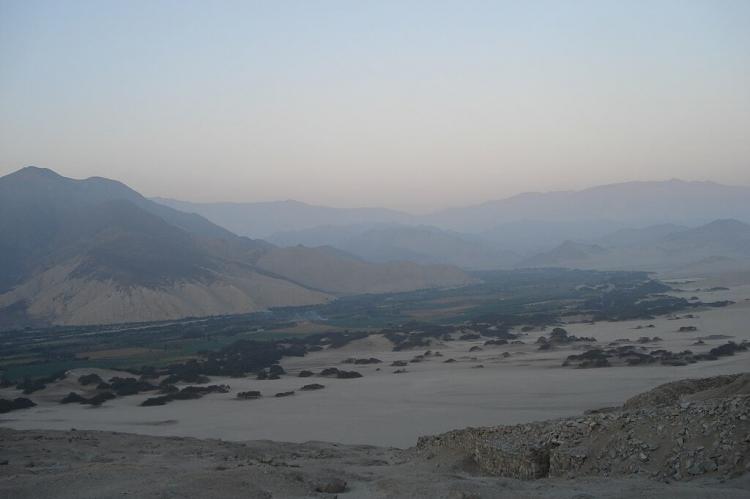Exploring Chankillo: The Oldest Solar Observatory in the Americas
The Chankillo Archaeological Site in Peru's coastal desert offers insight into the advanced astronomical knowledge and cultural practices of the ancient Casma/Sechin civilization. Located in the Ancash region, Chankillo is renowned for its architectural and astronomical significance.
Chankillo: The Ancient Solar Observatory of Peru
Nestled below the western slopes of the Andes in Peru's coastal desert, the Chankillo Archaeological Site offers a captivating glimpse into the advanced astronomical knowledge and cultural practices of the ancient Casma/Sechin civilization. Located near the Casma-Sechín river basin in the Ancash region and approximately 14 kilometers (9 miles) from the Pacific Ocean, Chankillo is renowned for its architectural and astronomical significance. Designated a UNESCO World Heritage Site in 2021, the Chankillo Archaeoastronomical Complex is a testament to pre-Columbian societies' ingenuity in tracking celestial events.
Historical Context
Origins and Cultural Background
Chankillo was constructed in the fourth century BCE by the Casma/Sechin culture, an ancient civilization that thrived in the coastal valleys of Peru. The site, covering approximately 4 square kilometers (1.5 square miles), features a fortified temple complex, residential areas, a hilltop fort, and the iconic solar observatory known as the "Thirteen Towers." The Casma/Sechin people exhibited remarkable architectural and engineering skills, which is evident in the construction and layout of Chankillo.
Occupational History
Recent excavations suggest that Chankillo was occupied relatively briefly from the mid-fourth century BCE to the early first century CE. After that, it was abandoned and largely forgotten until its rediscovery in the nineteenth century. The reasons for its abandonment remain unclear, but the site's archaeological remains provide valuable insights into its inhabitants' religious and astronomical practices.
Architectural and Archaeological Features
The Fortified Temple Complex
At the heart of Chankillo lies a fortified temple, which includes residential areas and a hilltop fort. These structures demonstrate the Casma/Sechin culture's strategic and defensive capabilities and their architectural prowess. The hilltop fort, in particular, offers panoramic views of the surrounding desert, indicating its possible use for defensive and ceremonial purposes.
The Thirteen Towers
The most striking feature of Chankillo is the Thirteen Towers, a series of precisely aligned structures that functioned as a solar observatory. The towers, constructed between two observation platforms, span the annual rising and setting sun arcs. This arrangement allowed ancient astronomers to track the sun's movement across the horizon, marking significant celestial events such as solstices and equinoxes.
Astronomical Significance
Solar Observations
The Thirteen Towers of Chankillo are positioned so that the sun rises behind each tower in sequence over the course of a year. On the winter solstice, the sun rises behind the northernmost tower, gradually shifting to the southernmost tower by the summer solstice. This alignment enabled ancient observers to determine the date precisely within one or two days.
Cultural Implications
The discovery of Chankillo's solar observatory has profound implications for understanding Andean civilizations. It suggests sun worship and sophisticated astronomical observations existed in the Andes nearly two millennia before the Inca Empire's well-documented sun cult. This revelation highlights the advanced scientific and cultural practices of the Casma/Sechin people and their significant contributions to pre-Columbian history.
Conservation and Legacy
Preservation Efforts
Since its recognition as a UNESCO World Heritage Site, efforts to preserve and study Chankillo have intensified. Archaeologists and conservationists are working to protect the site's fragile structures from environmental and human threats. These efforts are crucial for maintaining Chankillo's historical integrity and ensuring that future generations can study and appreciate this ancient marvel.
Educational and Touristic Value
Chankillo's unique combination of historical, architectural, and astronomical significance makes it a valuable educational resource. Scholars and tourists alike are drawn to the site, eager to explore its ancient mysteries and learn about the early scientific achievements of Andean civilizations. By promoting sustainable tourism and educational initiatives, Chankillo can continue to inspire awe and respect for the ingenuity of its creators.
Conclusion
The Chankillo Archaeological Site is a testament to the Casma/Sechin culture's advanced astronomical knowledge and architectural skill. As the oldest known solar observatory in the Americas, it offers unparalleled insights into pre-Columbian societies' celestial observations and religious practices. Through ongoing preservation efforts and scholarly research, Chankillo's legacy continues to illuminate the rich tapestry of human history and the enduring quest to understand our place in the cosmos.




